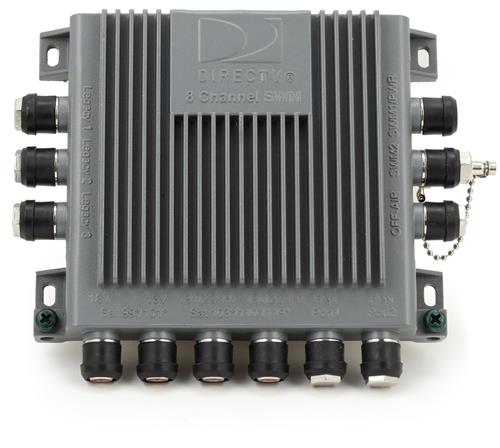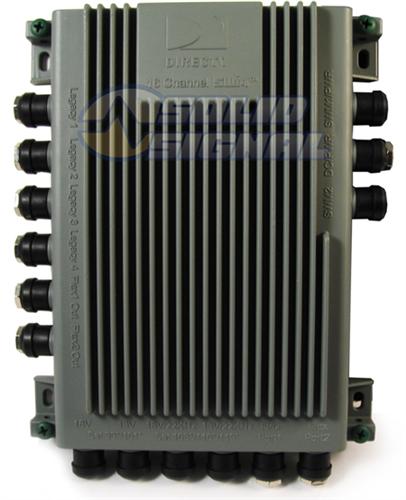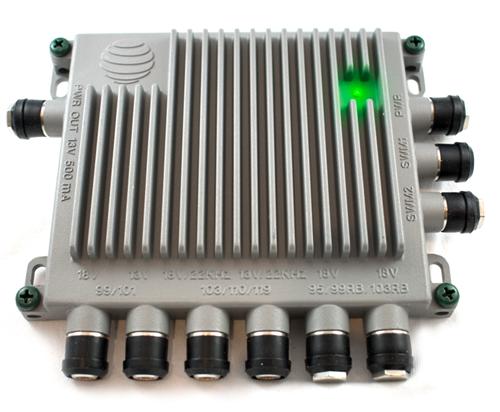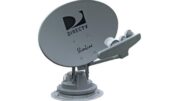It’s confusing and frustrating. All you want to do is watch TV and you get a message saying there is a satellite dish error and gives you a code of 771B or 776. The problem goes away by itself and then maybe comes back a while later.
What does it mean?
The official definition, from DIRECTV’s own library:
Too many receivers or tuners are connected to the SWiM. Test with SWiM meter and upgrade to SWiM 16 if necessary.
What it really means is that somehow the system thinks there are too many tuners in use. In order to understand the difference between tuners and receivers, you need to do a little “tuner math.” Here’s a full tutorial in case you want one, but if you’re not interested here’s a short tutorial.
How many TVs do you have?
Let’s start with how many televisions you have. This is a good starting point. Every television that has the capability to show DIRECTV programming requires a tuner. But, things get a little more complex than that.
Getting the real count
If you have an older system, then each receiver counts as one tuner and each DVR counts as two.
If you have a Genie system (except for much older units) the Genie system as a whole counts as seven.
Putting the numbers in play
If you have a typical DIRECTV system put in sometime since 2015, you can have up to 13 tuners with no problem. This is enough for most people. However, some systems use external multiswitches to give you more or less capacity. You’ll need to look for one of these:

This device, shown above can give you up to 8 tuners.

This device can give you up to 16 tuners. Note that it says “16 channel” on the front and is longer than the other one.

This device can give you up to 26 tuners. Note that it has a green light which is lit when it’s working.
Knowing which multiswitch you have can help you know what to do next.
What should you do?
Sometimes this error message is just a mistake. Reset your entire DIRECTV system by doing the following:
- First turn off all your TVs and DIRECTV receivers.
- Then, find the SWM power inserter. (Click through for a picture of a power inserter.) Unplug it for at least 30 seconds.
- Finally, reset all your receivers by pushing the red reset button on each.
In many cases this will clear up the problem, especially if it just showed up by itself even though you didn’t add anything.
If this doesn’t fix things
If that doesn’t fix things, try counting the number of tuners in your system. If you’re getting this message, it generally means that your system has more tuners on it than it can support. So, you’ll need to figure out how to proceed.
In most cases
Most DIRECTV customers will need to upgrade their systems to add an external multiswitch. This means running separate wires. You can learn more about the process here.
However, if you already have an external multiswitch like the ones you saw above, you may just be able to upgrade to the next model up. Here are some things to consider:
-
SWM-8 multiswitches are obsolete and should be replaced even if they work. They’ll fail eventually.
-
SWM-16 multiswitches should also be replaced, but it’s not as urgent.
-
SWM-16 multiswitches can handle 8 tuners off SWM1 and 8 tuners off SWM2. All the devices can share programs with each other.
-
SWM-30 multiswitches can handle 13 tuners off SWM1 and 13 tuners off SWM2. However, the devices on SWM1 can’t share programs with the ones on SWM2.
If you’d like to do a full upgrade of your system, check out this great tutorial which will show you how it’s done.
For a temporary fix, unplug a receiver or two and reset the SWM power inserter and the receivers as shown above.
Shop at Solid Signal
No matter what you need, you’ll find the best accessories and original-equipment parts when you shop at Solid Signal.



